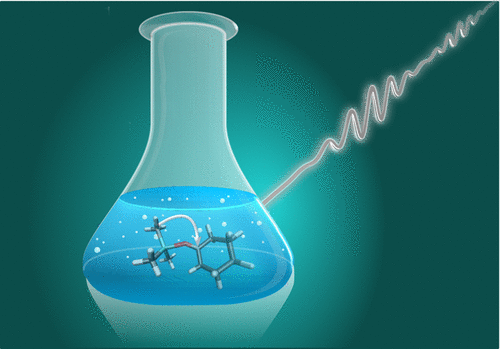当前位置:
X-MOL 学术
›
Acc. Chem. Res.
›
论文详情
Our official English website, www.x-mol.net, welcomes your feedback! (Note: you will need to create a separate account there.)
Pathways to New Applications for Quantum Control
Accounts of Chemical Research ( IF 18.3 ) Pub Date : 2018-08-28 00:00:00 , DOI: 10.1021/acs.accounts.8b00244 Daniel Keefer 1 , Regina de Vivie-Riedle 1
Accounts of Chemical Research ( IF 18.3 ) Pub Date : 2018-08-28 00:00:00 , DOI: 10.1021/acs.accounts.8b00244 Daniel Keefer 1 , Regina de Vivie-Riedle 1
Affiliation

|
In 1998, the first successful quantum control experiment with application to a molecular framework was conducted with a shaped laser pulse, optimizing the branching ratio between different organometallic reaction channels. This work induced a vast activity in quantum control during the next 10 years, and different optimization aims were achieved in the gas phase, liquid phase, and even in biologically relevant molecules like light-harvesting complexes. Accompanying and preceding this development were important advances in theoretical quantum control simulations. They predicted several control scenarios and explained how and why quantum control experiments work. After many successful proofs of concept in molecular science, the big challenge is to expand its huge conceptual potential of directly being able to steer nuclear and/or electronic motion to more applied implementations. In this Account, based on several recent advances, we give a personal evaluation of where the field of molecular quantum control is at the moment and especially where we think promising applications can be in the near future.
中文翻译:

量子控制新应用的途径
1998年,利用成形的激光脉冲进行了首次成功的应用于分子框架的量子控制实验,优化了不同有机金属反应通道之间的支化比。这项工作在接下来的10年中引起了量子控制方面的广泛活动,并且在气相,液相甚至生物相关分子(例如光捕获络合物)中实现了不同的优化目标。伴随并向前发展是理论量子控制仿真的重要进展。他们预测了几种控制方案,并解释了量子控制实验如何以及为什么起作用。经过分子科学中许多成功的概念证明之后,最大的挑战是扩大其巨大的概念潜力,使其能够直接将核运动和/或电子运动引向更多应用的实现。在此报告中,基于最近的一些进展,我们对分子量子控制领域的当前位置,特别是我们认为在不久的将来可能具有前景的应用进行了个人评估。
更新日期:2018-08-28
中文翻译:

量子控制新应用的途径
1998年,利用成形的激光脉冲进行了首次成功的应用于分子框架的量子控制实验,优化了不同有机金属反应通道之间的支化比。这项工作在接下来的10年中引起了量子控制方面的广泛活动,并且在气相,液相甚至生物相关分子(例如光捕获络合物)中实现了不同的优化目标。伴随并向前发展是理论量子控制仿真的重要进展。他们预测了几种控制方案,并解释了量子控制实验如何以及为什么起作用。经过分子科学中许多成功的概念证明之后,最大的挑战是扩大其巨大的概念潜力,使其能够直接将核运动和/或电子运动引向更多应用的实现。在此报告中,基于最近的一些进展,我们对分子量子控制领域的当前位置,特别是我们认为在不久的将来可能具有前景的应用进行了个人评估。



























 京公网安备 11010802027423号
京公网安备 11010802027423号